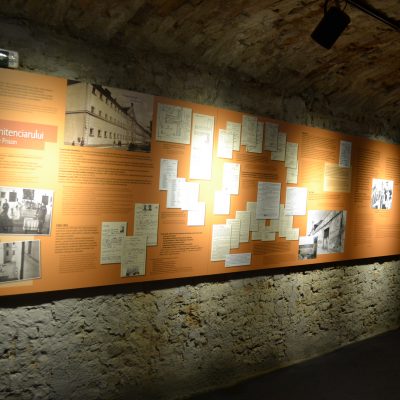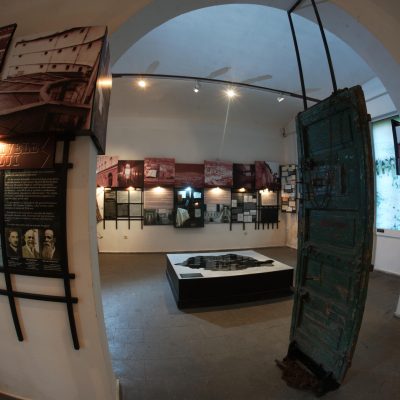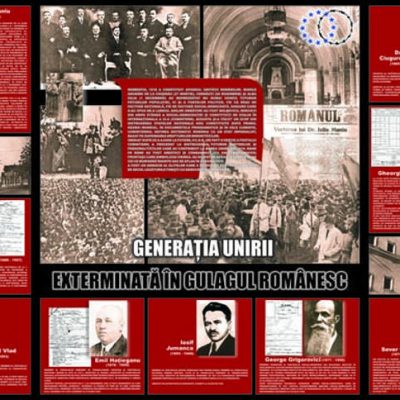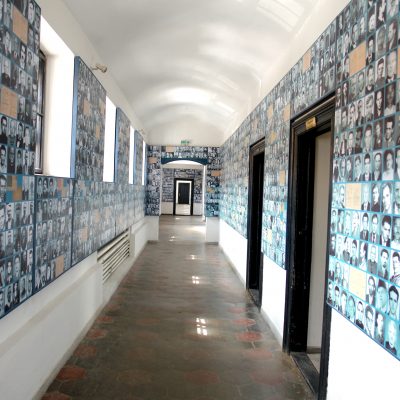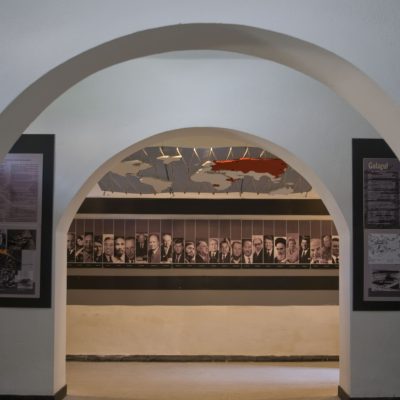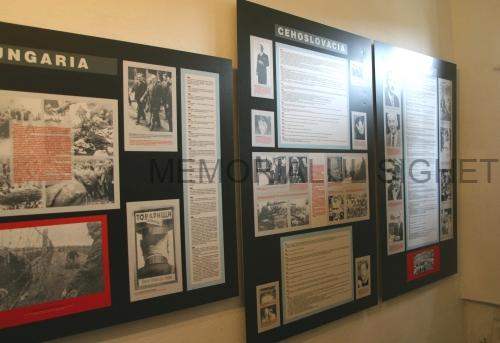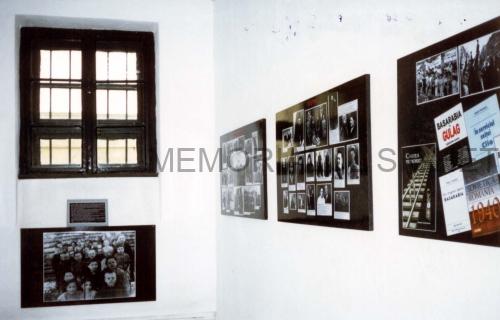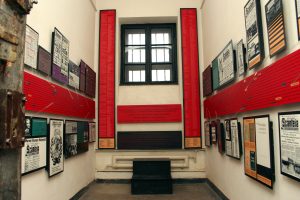 It was in 1948 that the communists launched their final offensive to sovietise Central and Eastern Europe. Whereas in the foregoing years they had used terror to seize a monopoly on power, in 1948 they imposed their economic and social system, in accordance with methods employed in previous decades by Lenin and Stalin. In practical terms this meant that all state institutions (the judiciary, security services, education, and religion) were restructured according to the Soviet model. On 11 June the nationalisation of the means of production was decreed (from iron and steel to thimbles and toothpaste). (See the list to the right and left of the window) Collectivisation had not yet been implemented, but the system of obligatory grain quotas was copied from the Soviets, as well as the division of peasants into “poor”, “middling” and “wealthy”. In 1948 “Comrade” (rather than “Mr”) became the obligatory form of address in institutions and political education courses, and employees were required to join unions and ARLUS (the Romanian Association for Links with the Soviet Union).
It was in 1948 that the communists launched their final offensive to sovietise Central and Eastern Europe. Whereas in the foregoing years they had used terror to seize a monopoly on power, in 1948 they imposed their economic and social system, in accordance with methods employed in previous decades by Lenin and Stalin. In practical terms this meant that all state institutions (the judiciary, security services, education, and religion) were restructured according to the Soviet model. On 11 June the nationalisation of the means of production was decreed (from iron and steel to thimbles and toothpaste). (See the list to the right and left of the window) Collectivisation had not yet been implemented, but the system of obligatory grain quotas was copied from the Soviets, as well as the division of peasants into “poor”, “middling” and “wealthy”. In 1948 “Comrade” (rather than “Mr”) became the obligatory form of address in institutions and political education courses, and employees were required to join unions and ARLUS (the Romanian Association for Links with the Soviet Union).
In 1948 the “single party of the working class” was established, when the “Mensheviks” (social-democrats) were absorbed by the “Bolsheviks” (communists). In 1948, obligatory communist parades were introduced, on May Day and even replacing Easter, while portraits of members of the Romanian Workers’ Party secretariat replaced religious icons. In the same year, thousands of arrests were made among anti-communist youth, as well as of leading members of the Communist Party regarded as belonging to Lucrețiu Pătrășcanu’s dissident group. The leaders of the main religious denominations were replaced, the Graeco-Catholic Church was banned, and the Romanian Academy was purged, its members being replaced with communist yes-men. Because the official language of government and Communist Party documents is so dull, the curators of this room decided to include excerpts from the diaries of academician Constantin Rădulescu-Motru, aesthetician Alice Voinescu and secondary school teacher Mărgărita Vulcănescu to lend more colour.


